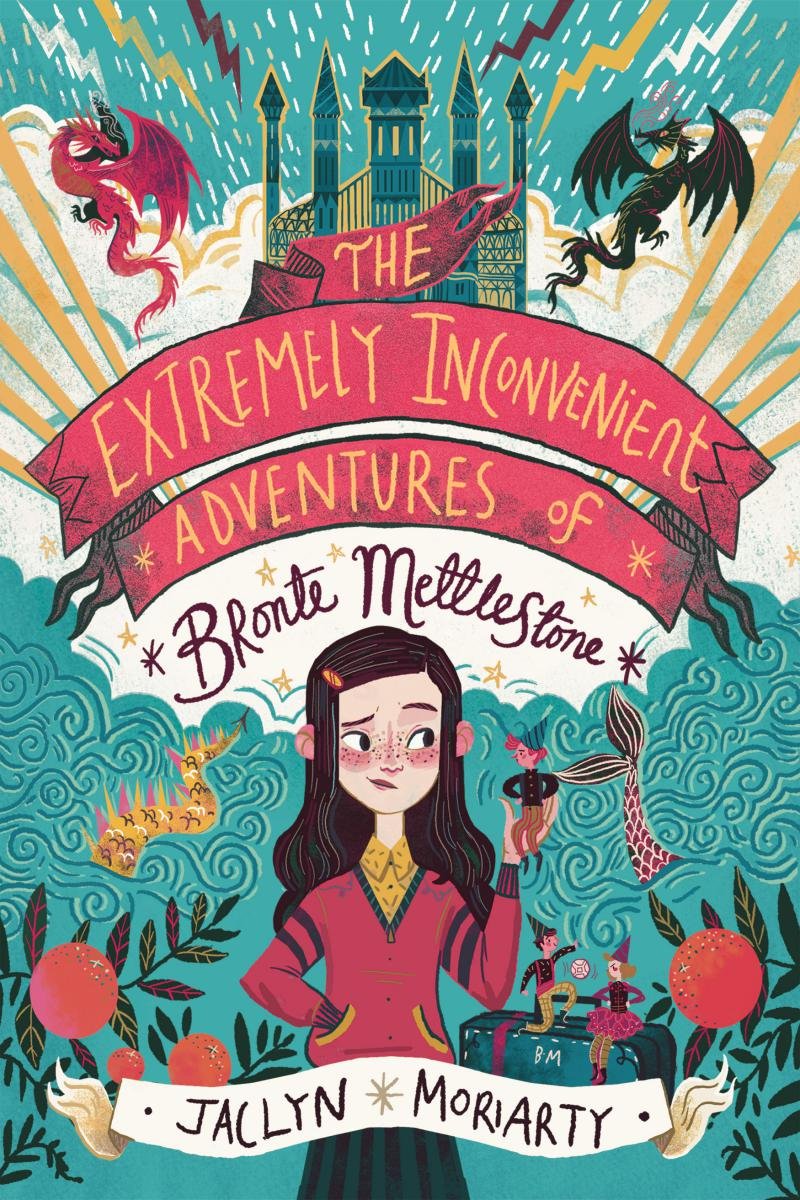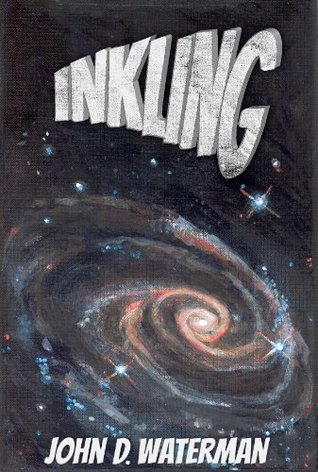[button color=”black” size=”big” link=”http://affiliates.abebooks.com/c/99844/77798/2029?u=http%3A%2F%2Fwww.abebooks.com%2Fservlet%2FSearchResults%3Fisbn%3D9780062290366″ target=”blank” ]Purchase here[/button]
The Queen of the Tearling was introduced to the world in a flurry of publicity. Debut author Erika Johansen received a much publicized seven-figure advance when she sold the rights to her trilogy to HarperCollins, and not long afterwards, Emma Watson was attached to produce and star in the film adaptation of the novel – before the first installment was even published!
In The Queen of the Tearling, the time has come for nineteen-year-old Kelsea Glynn to ascend to the throne of Tearling. Because of a tumultuous political climate, Kelsea has been kept hidden since she was a young child, raised by trusted advisors of the monarchy to be a queen. Despite her training, Kelsea is not prepared to be thrust into the world of Tearling politicking, where she must avoid assassins sent by the formidable Red Queen of Mortmesne, foil her traitorous uncle’s attempts to murder her before her coronation, and, above all, work to build a better life for her people.
For seasoned fantasy readers, Johansen’s world building may feel a bit clumsy. In the age of Sanderson, knights, rogues, orphans, and mages are old hat – Tearling offers no new takes on many fantasy tropes. This isn’t necessarily a bad thing, as it may make the book more accessible to readers who haven’t necessarily devoured every book with a wizard on the cover that’s been published in the last twenty years. Plus, the storytelling is swift enough that it’s easy to overlook this and get on with the action.
By far the best thing about the book is Kelsea herself. I’m a huge supporter of female-driven fantasy and science-fiction stories, and this one is a powerhouse. I love the way that, unlike in so many similar stories, Kelsea isn’t some clueless waif thrust into leadership without a clue as to what’s going on. She may be naïve in what she believes she can achieve for her kingdom, but she was trained for leadership. Even before she’s crowned, she possesses her own kind of power, one that only becomes stronger as the book goes on.
But my favorite thing about Kelsea is how idealistic she is, breaking the mold of reigning monarchs in fantasy novels. At this point, readers of spine-busting fantasy epics have gotten used to a bit of moral ambiguity even from the good guys, I, for one, hate those moments when your hero leaves behind a bit of their innocence to defeat the bad guy. Kelsea never does – she always does the thing she believes to be right. It’s a weird, unexpected feeling as a reader, though perhaps unsurprising given that Johansen has admitted she was inspired to write the series after hearing one of Barack Obama’s 2007 campaign speeches.
Tonally, the book is a bit odd – it’s not dark enough, violent enough, or sexy enough to fit on the shelf next to Game of Thrones or The Wheel of Time, and a nineteen-year-old protagonist makes the book read younger. Still, there is a tad too much strong language and racy content to give the book a totally YA feel. I’ll be interested to see if the tone evens out in later volumes.
All in all, Tearling is an enjoyable read. You should take my few critiques with a grain of salt – this is, after all, a debut. For a new author, Johansen shows agility and remarkable imagination. Tearling is a world full of promise and surprises, one that I’m excited to revisit.



